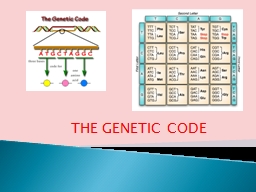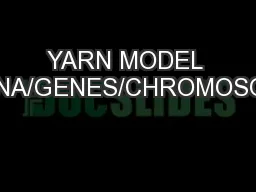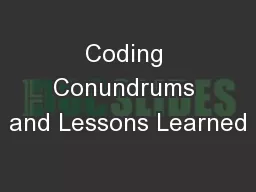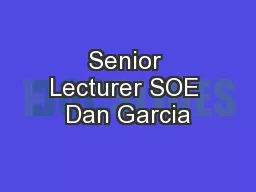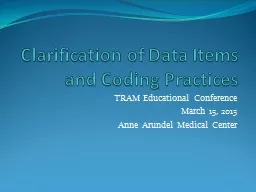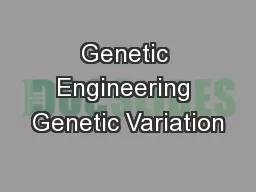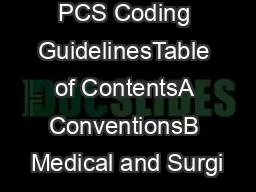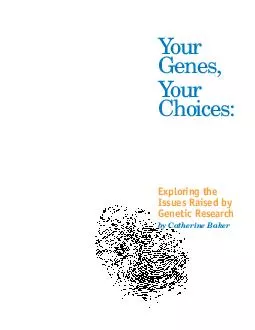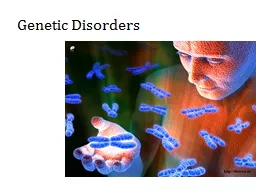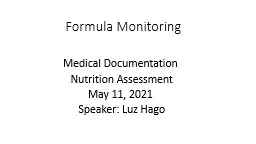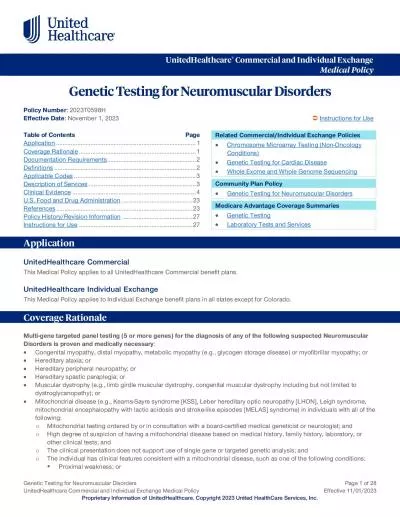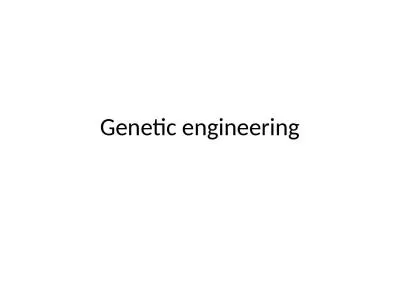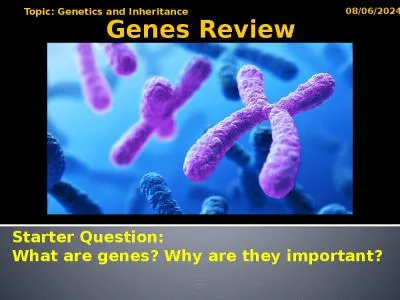PPT-THE GENETIC CODE Genes contain the coded formula needed by the
Author : anya | Published Date : 2023-07-09
cell to produce proteins The sequence of nucleotides in a typical gene is a genetic code that carries the information for making an RNA The term genetic code
Presentation Embed Code
Download Presentation
Download Presentation The PPT/PDF document "THE GENETIC CODE Genes contain the coded..." is the property of its rightful owner. Permission is granted to download and print the materials on this website for personal, non-commercial use only, and to display it on your personal computer provided you do not modify the materials and that you retain all copyright notices contained in the materials. By downloading content from our website, you accept the terms of this agreement.
THE GENETIC CODE Genes contain the coded formula needed by the: Transcript
Download Rules Of Document
"THE GENETIC CODE Genes contain the coded formula needed by the"The content belongs to its owner. You may download and print it for personal use, without modification, and keep all copyright notices. By downloading, you agree to these terms.
Related Documents

